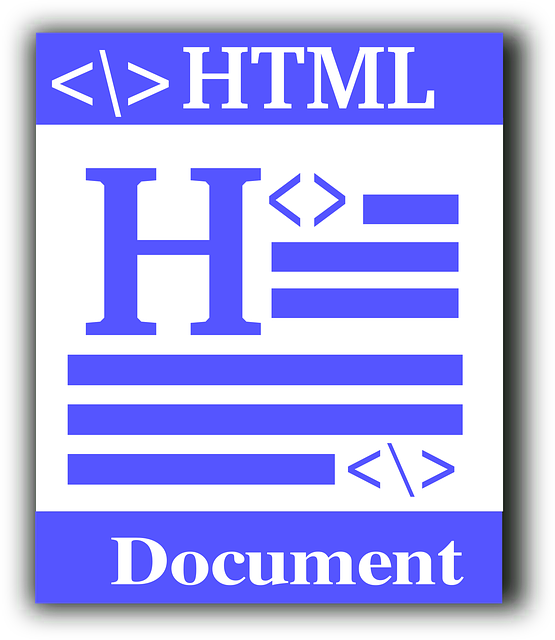Implementing NAP Schema Markup is crucial for boosting Local SEO. By structuring business details like Name, Address, and Phone number in HTML code using microdata tags, search engines better understand and display local businesses' info on Map Packs or JSON-LD snippets. Google Maps Schema ensures accurate location identification. Claiming and optimizing Google My Business (GMB) listing is a key step, including updating NAP details for schema markup, adding categories, posting updates, responding to reviews, and using rich snippets. This enhances visibility in local map packs and drives targeted traffic. Regularly verify and test search results across platforms like GMB, monitor ranking positions, click-through rates, and display quality to optimize performance. Using tools like GMB for tracking key metrics ensures the effectiveness of NAP Schema Markup and promotes online visibility.
In today’s digital landscape, improving local search visibility is vital for businesses aiming to thrive. Structured data, particularly NAP Schema Markup, plays a crucial role in enhancing online presence and attracting local customers. This article guides you through optimizing your local SEO strategy with practical steps like understanding and implementing NAP Schema Markup, claiming Google My Business listings, defining service areas, and verifying local search results. Discover how these techniques can drive more foot traffic and increase your business’s indelible mark in the local community.
- Understanding NAP Schema Markup for Local SEO
- Claiming and Optimizing Your Google My Business Listing
- Implementing Structured Data for Physical Locations
- Enhancing Service Area Visibility with Schema Markup
- Verifying and Testing Your Local Search Results
- Measuring Success: Analyzing Local SEO Performance
Understanding NAP Schema Markup for Local SEO

Understanding NAP Schema Markup is a cornerstone for enhancing Local Search Engine Optimization (SEO). NAP stands for Name, Address, Phone number—essential details that businesses need to ensure are accurate and consistent across online platforms. Schema Markup, specifically the NAP Schema, provides search engines with structured data about local businesses, making it easier for them to understand and display relevant information in Map Packs or Local SEO JSON-LD snippets on search results pages (SERPs).
By implementing NAP Schema Markup correctly, businesses can significantly improve their visibility in local searches. This involves adding specific microdata tags within HTML code to highlight important details like business name, contact info, and physical location. Google Maps Schema is a crucial component of this process, as it helps search engines identify and display precise locations on maps, increasing the chances of being noticed by potential customers searching for services in their area.
Claiming and Optimizing Your Google My Business Listing

Claiming and optimizing your Google My Business (GMB) listing is a crucial step to enhancing local search visibility for businesses with physical locations or service areas. It’s a free and powerful tool that allows you to control how your business appears on Google Maps, including Google Search results pages. Once claimed, you can update essential details like NAP (Name, Address, Phone number) information, which is vital for schema markup, such as the NAP Schema or Service Area Markup, enhancing your listing’s accuracy and visibility in local search results.
Additionally, optimizing your GMB listing involves adding relevant categories, posting regular updates, responding to reviews, and incorporating rich snippets using Google Maps Schema or Map Pack SEO Schema. These techniques work together to make your business stand out in the map pack, increasing its chances of being clicked by potential customers searching for services within their service area.
Implementing Structured Data for Physical Locations

Implementing structured data for physical locations is a strategic move that enhances local search visibility and drives more targeted traffic to businesses. By adopting NAP (Name, Address, Phone number) Schema Markup, businesses can provide Google and other search engines with critical information about their bricks-and-mortar establishments. This simple yet powerful tool ensures that essential details are accurately represented on search results pages, making your business stand out in the local map pack SEO schema.
Furthermore, integrating Service Area Markup and Google Maps Schema into your structured data strategy allows you to define specific geographical areas served by your business. This enables search engines to understand your location-based offerings better, enabling potential customers to discover your business when they conduct local searches within those defined service areas. The end result is improved online visibility and increased foot traffic for businesses with physical locations.
Enhancing Service Area Visibility with Schema Markup

Businesses with physical locations or service areas can significantly boost their local search visibility by leveraging Schema Markup, a powerful tool in the Local SEO arsenal. This markup language enables search engines to better understand and interpret essential business data, enhancing the accuracy of local results. By implementing the NAP (Name, Address, Phone number) Schema Markup, businesses ensure their critical information is displayed prominently in rich snippets, making them stand out among competitors.
Schema for Google My Business (GMB) and Service Area Markup are key components in this strategy. The former helps verify business details and encourages potential customers to interact, while the latter allows businesses to define and display specific service regions. Local SEO experts utilize JSON-LD to structure this data, ensuring search engines can easily parse and present it. This not only improves click-through rates but also fosters trust among clients by providing transparent and up-to-date information about a business’s reach and capabilities.
Verifying and Testing Your Local Search Results

After implementing structured data, it’s crucial to verify and test your local search results to ensure accuracy and optimal visibility. Start by confirming that your NAP (Name, Address, Phone number) Schema Markup is correctly set up across all relevant platforms, including Google My Business (GMB). This foundational step helps search engines understand your business information better.
Next, leverage tools provided by GMB and other map pack SEO schema implementations like Service Area Markup to monitor your listing’s performance. Keep an eye on ranking positions, click-through rates, and the overall quality of your display in local packs. Regular testing allows you to identify areas for improvement, whether it’s optimizing your Schema for GMB or refining content based on user interactions.
Measuring Success: Analyzing Local SEO Performance

Measuring success is a vital step in optimizing local search visibility, and it begins with analyzing the performance of your Local SEO strategies. By utilizing tools provided by search engines like Google My Business (GMB), businesses can track key metrics to understand their online presence. These insights include click-through rates, customer reviews, and ranking positions for local keywords, offering a clear picture of how well your NAP Schema Markup is performing.
Focusing on Service Area Markup and Map Pack SEO Schema further enhances this analysis. Monitoring the visibility of your business’s location on maps and in local results allows you to identify trends and make data-driven adjustments. Regularly evaluating these performance metrics ensures that your local SEO efforts are aligned with the latest search engine algorithms, helping your business stand out in a competitive market.
